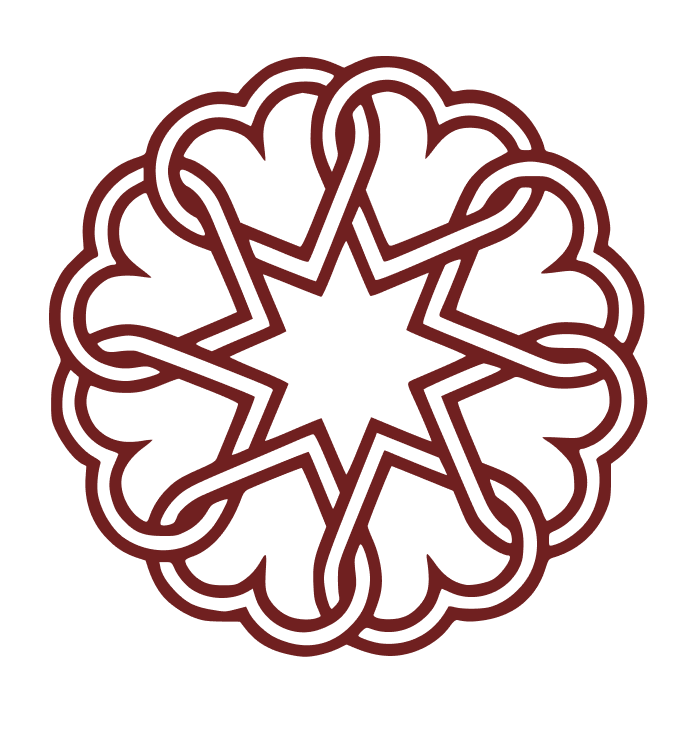ABOUT THE DANCES of universal peace
From ancient times sacred movement, dance, rhythms, songs and archetypes have united people like season celebrations and rituals, like a part of life span, the daily renewal and meditation.
Dances of Universal Peace for more than 35 years have been a part of sacred dance tradition in Latvia. Dancing we use simple music, rhythm, words and movement from different nations, thus touching the nature of the spiritual self and connecting it with others.
Dances of Universal Peace for more than 35 years have been a part of sacred dance tradition in Latvia. Dancing we use simple music, rhythm, words and movement from different nations, thus touching the nature of the spiritual self and connecting it with others.
Dances of Universal Peace dance people from different faiths, beliefs, and spiritual traditions throughout the whole world.
We are united by understanding that in messages of all the prophets have always been more common than diverse, each spiritual path is only a facet of a whole.
We are united by understanding that in messages of all the prophets have always been more common than diverse, each spiritual path is only a facet of a whole.
Participant does not need any prior musical or dance experience. The key is participation, surrendering, becoming a part of common pattern of experience, rather than self show-off. It is therefore possible to get rid of tension, which requires confirmation of his ego.
Our linage
- Samuel L. Lewis
(Murshid S.A.M.)A Zen roshi, Sufi mysticSamuel Leonard Lewis was born on October 18, 1896, to Jacob Lewis, a working class Jew from San Francisco. He was an unusual child, a child prodigy; his mother often claimed to have had a dream of the Prophet Samuel before the child’s birth and therefore gave him that name. But these unusual qualities did not endear him to his family. His father never could accept the otherworldly tendencies of his oldest son. He was angered time and again that Samuel was not interested in business, competition, and material success."For years," Samuel said about himself, "I followed a Gandhian attitude, always yielding, and got nothing for it. When once I was able to be firm and take the path of the master, everything came my way." - Ruth St. DenisA modern Dancer, mysticRuth St. Denis was a major influence on Murshid Samuel L. Lewis, who called her "Mata-Ji" (Honored Mother) and referred to her as "my fairy godmother." She was a source of inspiration in Murshid SAM’s creation of the Dances of Universal Peace and of the Spiritual Walks. In his diaries, Murshid SAM reports several profound encounters with her at pivotal times in his ministry, and says she taught him the faculty of "drawing music and dances right out of the cosmos, out of the heart-of-God."
- Hazrat Inayat KhanSufi mystic, master musicianPir-o-Murshid Hazrat Inayat Khan was born in Baroda, India in 1882, into a family of musicians. "Music and mysticism," he says, "were my heritage from both my paternal and maternal grandparents." Maula Bakhsh, the founder of Gayanshala, which is now the music faculty of the University of Baroda, was his grandfather, and it was in his house that Inayat Khan was brought up.
"My taste for music, poetry and philosophy," he says, "increased daily, and I loved my grandfather’s company more than a game with boys of my age."
Before he was 20 years old, he became a full professor at the Gayanshala. He played the vina and had a beautiful singing voice, and soon his fame spread everywhere in the country. - Nyogen Senzakia Zen monkWhen we carefully observe the life of Nyogen Senzaki, his style of teaching and his personality, we cannot help but be impressed with how different he was from both the ancient masters and the modern teachers of Zen. He was not a hermit, nor did he choose to involve himself with traditional temple life.
He emphasized the fact that he was in no way attempting to establish an institution, for he sought no permanent dwelling. How well he understood that all existence is "like a dream, like a fantasy." In this respect, Nyogen—whose name means "no such person"—resembles Shakyamuni Buddha who himself was neither a hermit nor the head of a large congregation in a fixed abode. - Papa RamDas & Mother KrishnabaiHindu GuruIn the 1950's Murshid SAM reported a recurring vision with the face of a saint accompanied by poetry, "By one year’s time, by land or sea, I will come to thee." In 1954, in keeping with the vision, Papa (Swami) Ramdas and Mother Krishnabai came to San Francisco on their World Tour and Murshid SAM found his "Hindu" Guru.
After over a decade of wandering in a God realized state of liberation he returned to Southwestern India, and founded Anandashram, near Kanhangad, with the help and support of his foremost disciple, Mother (Mataji) Krishnabai, also a self-realized being. Murshid SAM would often tell us that the most spiritual being that he knew on the planet was a woman, namely Mother Krishnabai. - Barkat AliSufi masterAbu Anees Muhammad Barkat Ali Ludhianvi (ابو انیس محمد برکت علی لودھیانوی) was a Muslim Sufi who belonged to these well-known Qadiriyya, Chishti order and Naqshbandi spiritual orders. In total he belonged to 14 spiritual orders.
"At the tomb of Amir Khusrau within the compound of Nizam-ud-din Auliya, I saw myself invested with a robe which was described to the sons of Hasan Nizami and upon my return to Pakistan I found Sufi Barkat Ali and my brethren ready with that very robe at a public gathering. Henceforth, Chisti was added to my name, and I became known as 'Sufi Ahmed Murad Chisti.'" Murshid S.A.M.



